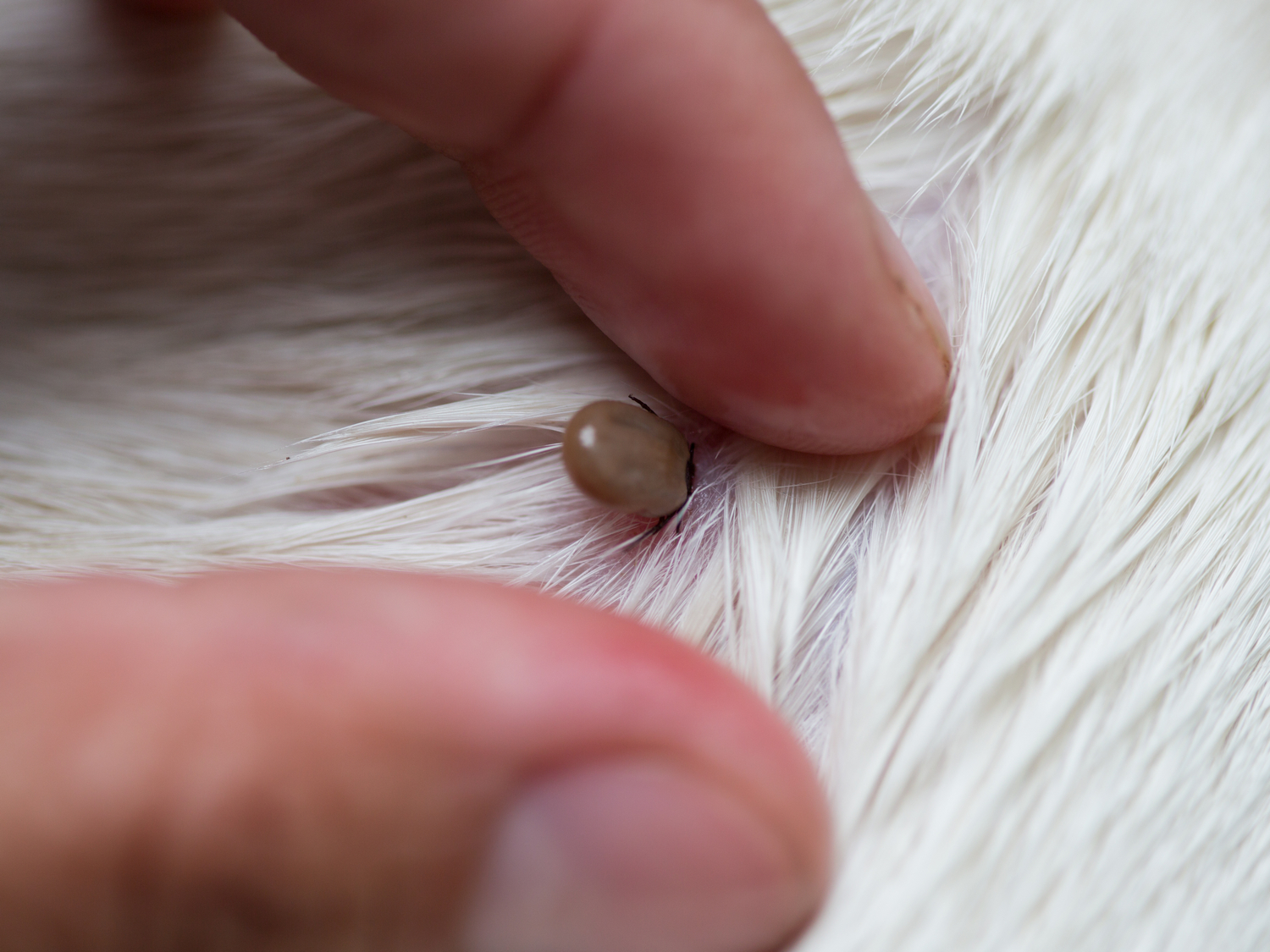
Step-by-step: Removing ticks from pets
Ticks are parasites that latch onto the skin of animals and humans and feed off their blood. They can spread diseases so it’s important to remove ticks as quickly as possible.
In most cases, you can remove ticks from your pet at home without going to a vet.
Be careful that you are not accidentally trying to remove anything else, like warts or nipples! Look for the tick’s legs to be sure that it is in fact a tick that you are dealing with.
Once you are sure it is a tick, follow the steps below to remove it from your pet safely:
What you’ll need:
- A tick twister
These are widely available and are the best way to ensure you’ve fully removed the tick and haven’t left anything behind. If you don’t have a tick twister you can make one from an old credit card or store loyalty card or a disposable plastic spoon or even print one yourself if you have a 3D printer! We don’t recommend using tweezers because squeezing the tick will cause it to release its contents into your pet increasing the risk of infection. NEVER try to just pull or scrape a tick off using your fingernails.
- Hand protection (tissue, gloves etc) to avoid touching the tick once removed.
- A sealed container for disposing of the tick.

1. Restrain your pet
Make sure that they can’t accidentally hurt you if you touch an area that is painful or uncomfortable. This is usually best done on the floor on a non-slip surface with an assistant to help you where possible.
2. Spread your pet’s fur to get a better look
Remember to look for legs.
3. Slide the “claw” of the tick twister under the tick’s body
4. Gently twist it until the tick lets go
- Don’t try to pull the tick off as you risk leaving part of its head or mouth inside your pet’s skin.
5. Safely dispose of the tick
- Get a suitable jar or container and put the tick in this before disposing of it. DO NOT squeeze the tick as this could spread disease.
6. Examine your pet’s skin
- Make sure nothing has been left behind. If you do break off the head by accident call your vet for advice.
7. Do regular tick checks
- Groom your pet regularly to check for ticks.
Find out more about the dangers of ticks here.

